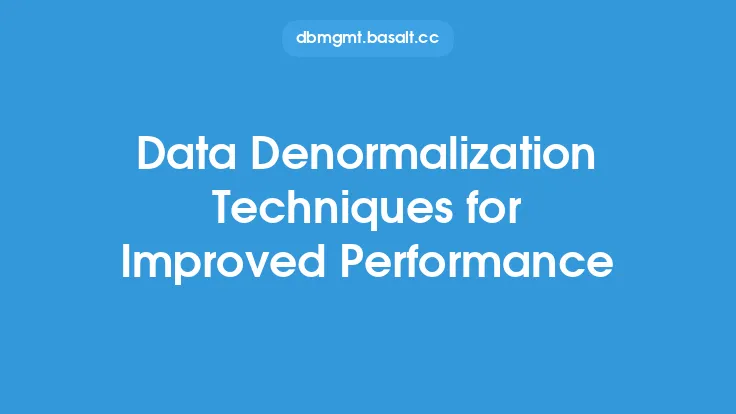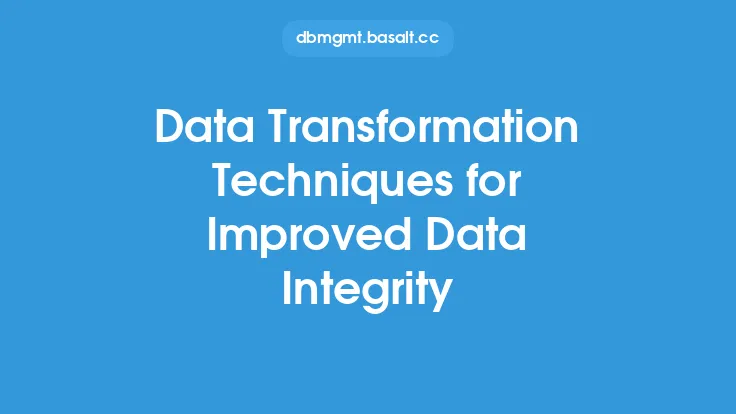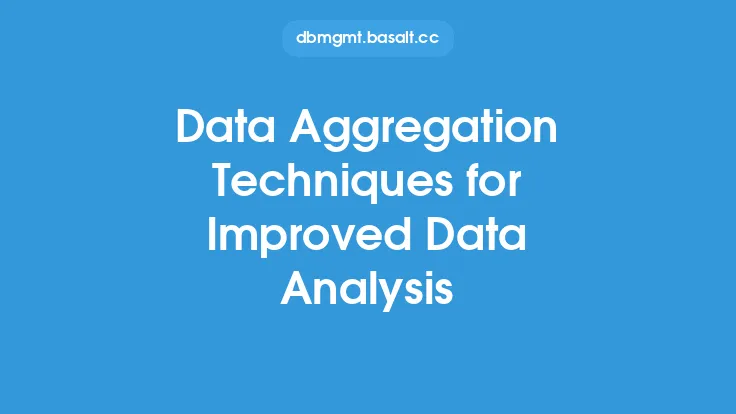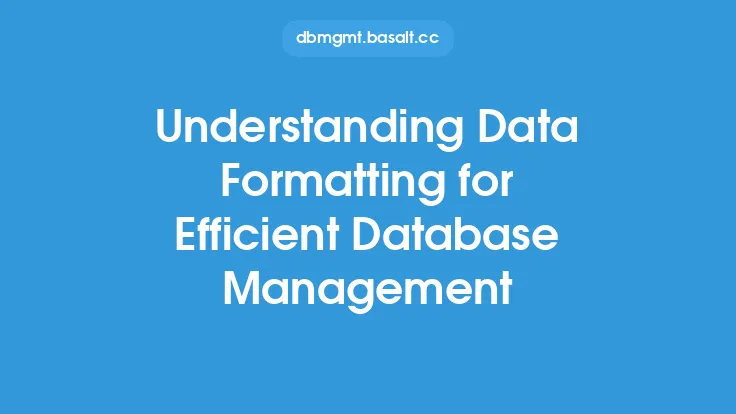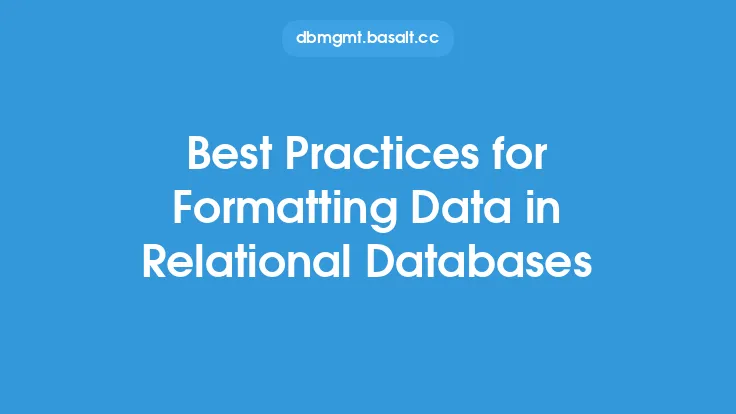Data formatting is a crucial step in the data normalization process, as it enables the transformation of raw data into a more readable and usable format. This process involves the application of various techniques to organize, structure, and present data in a way that facilitates easier understanding and analysis. In this article, we will delve into the different data formatting techniques that can be employed to improve data readability, making it easier to work with and extract insights from.
Introduction to Data Formatting Techniques
Data formatting techniques are designed to enhance the readability and usability of data by applying standardized rules and conventions. These techniques can be applied to various types of data, including numerical, textual, and date/time data. The primary goal of data formatting is to create a consistent and standardized format that allows for efficient data analysis, reporting, and decision-making. Some common data formatting techniques include data type conversion, data normalization, data aggregation, and data transformation.
Data Type Conversion
Data type conversion is a fundamental technique in data formatting, which involves changing the data type of a column or field to a more suitable format. For example, converting a numerical value from a string to an integer or float data type can enable numerical computations and analysis. Similarly, converting a date/time value from a string to a datetime data type can facilitate date-based analysis and reporting. Data type conversion can be performed using various programming languages, such as SQL, Python, or R, and can be applied to different data sources, including relational databases, CSV files, or Excel spreadsheets.
Data Normalization
Data normalization is a technique used to organize data into a standardized format, eliminating redundant or duplicate data. This technique involves applying a set of rules to ensure that each piece of data is unique and consistent, making it easier to analyze and report. Data normalization can be applied to various data types, including numerical, textual, and date/time data. For example, normalizing a dataset of customer names can involve converting all names to uppercase or lowercase, removing special characters, and standardizing the format of names.
Data Aggregation
Data aggregation is a technique used to combine multiple values into a single value, such as calculating the sum, average, or count of a set of numbers. This technique can be applied to numerical data, such as sales figures or customer demographics, and can be used to create summary reports or dashboards. Data aggregation can be performed using various programming languages, such as SQL or Python, and can be applied to different data sources, including relational databases or CSV files.
Data Transformation
Data transformation is a technique used to change the format or structure of data, such as converting a dataset from a wide format to a long format. This technique can be applied to various data types, including numerical, textual, and date/time data, and can be used to create a more suitable format for analysis or reporting. Data transformation can be performed using various programming languages, such as Python or R, and can be applied to different data sources, including CSV files or Excel spreadsheets.
Handling Missing or Incomplete Data
Missing or incomplete data can be a significant challenge in data analysis, as it can lead to biased or inaccurate results. To handle missing or incomplete data, various techniques can be employed, such as data imputation, data interpolation, or data deletion. Data imputation involves replacing missing values with estimated or predicted values, while data interpolation involves estimating missing values based on surrounding data points. Data deletion involves removing rows or columns with missing or incomplete data, which can be useful when the data is not critical to the analysis.
Best Practices for Data Formatting
To ensure that data formatting is effective and efficient, several best practices can be followed. First, it is essential to understand the data and its requirements, including the data type, format, and structure. Second, a standardized approach should be applied to data formatting, using consistent rules and conventions. Third, data formatting should be performed using automated tools and techniques, such as programming languages or data transformation software. Finally, data formatting should be regularly reviewed and updated to ensure that it remains consistent and accurate.
Tools and Technologies for Data Formatting
Various tools and technologies can be used to perform data formatting, including programming languages, data transformation software, and data visualization tools. Programming languages, such as Python or R, can be used to perform data type conversion, data normalization, and data aggregation. Data transformation software, such as Excel or Tableau, can be used to perform data transformation and data visualization. Data visualization tools, such as Power BI or D3.js, can be used to create interactive and dynamic visualizations of formatted data.
Conclusion
Data formatting is a critical step in the data normalization process, enabling the transformation of raw data into a more readable and usable format. By applying various data formatting techniques, such as data type conversion, data normalization, and data aggregation, data can be organized, structured, and presented in a way that facilitates easier understanding and analysis. By following best practices and using automated tools and technologies, data formatting can be performed efficiently and effectively, enabling organizations to make informed decisions and drive business success.
